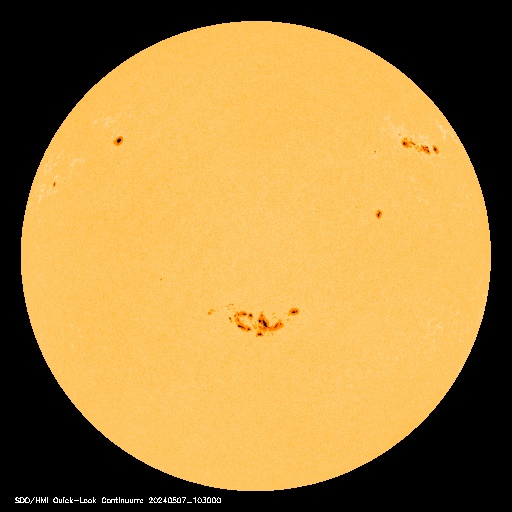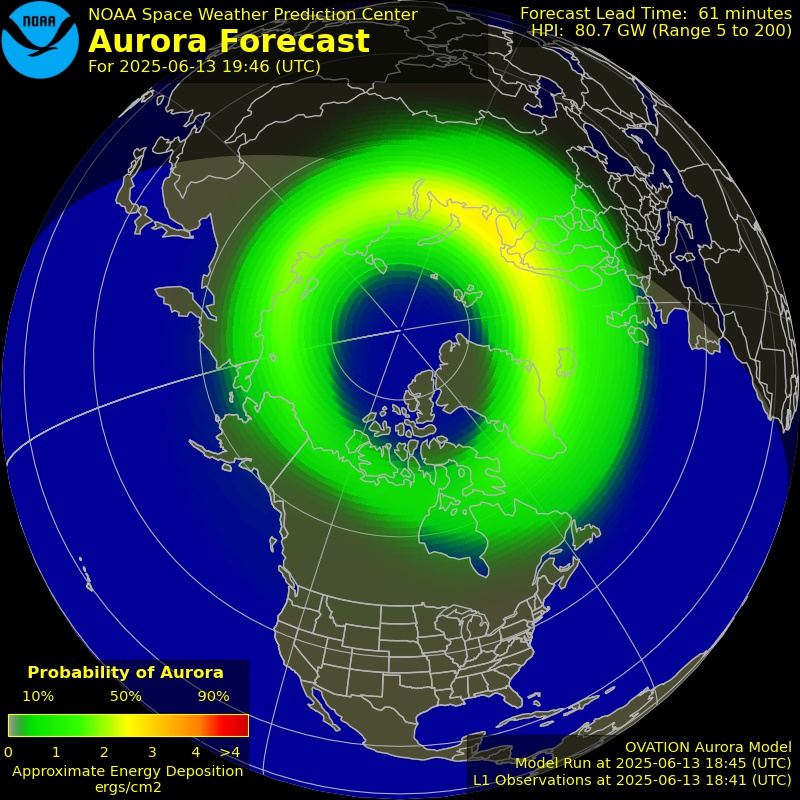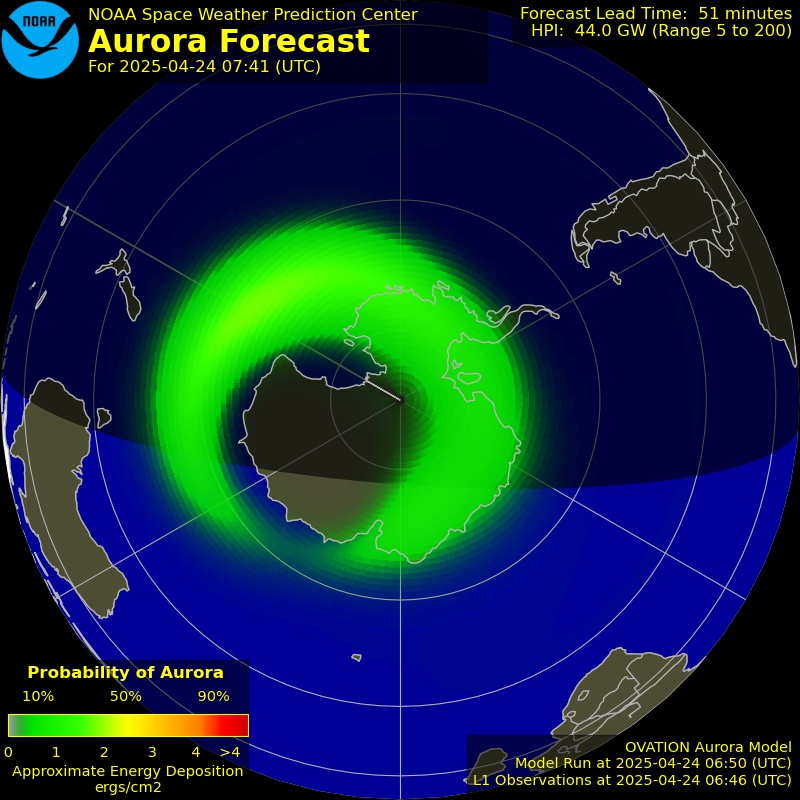North American observers have had the use of the Clear Sky Clock to provide predictions of local weather in order to plan observing sessions. While it’s a great service, those who live elsewhere have not had a similar service available to them. Now they have.
While 7Timer has been around since 2008, I’ve only just come across it, thanks to a letter in the current issue of Sky at Night magazine. This service provides worldwide coverage and you can enter your location as latitude and longitude or select your location from the services pretty extensive database.
Information provided includes expected cloud cover, seeing and transparency predictions for up to 72 hours. There’s also a “Cloud Will Form” indicator. Predictions seem to be pretty accurate as well. Here’s what the prediction panel looks like for my location:
Click here for a full sized image
Filed under: Astronomy & Space Weather




















Astronomers use the right ascension and declination system which can be compared to the latitude and longitude system on the earth's surface. This system is defined on the "celestial sphere" which is the two dimensional projection of the sky on the sphere around the earth. In this system the zero point of the declination is the "celestial equator" which is parallel to the earth's equator. So, in other words, if you were standing at a spot on the equator you would "see" the celestial equator as an arc passing directly overhead. The declination is 0degrees for a source on the celestial equator and is 90degrees for a source at the north pole. Sources below the equator would have negative declinations. The zero point of the right ascension is the vernal equinox which is the point at which the sun moves into the northern celestial sphere and marks the position of the sun on the first day of spring. The right ascension increases to the east and is measured in units of time.
That was a great video I knew a little bit about latitude and longitude but i learned more watching this video. Thankyou Thumbs up